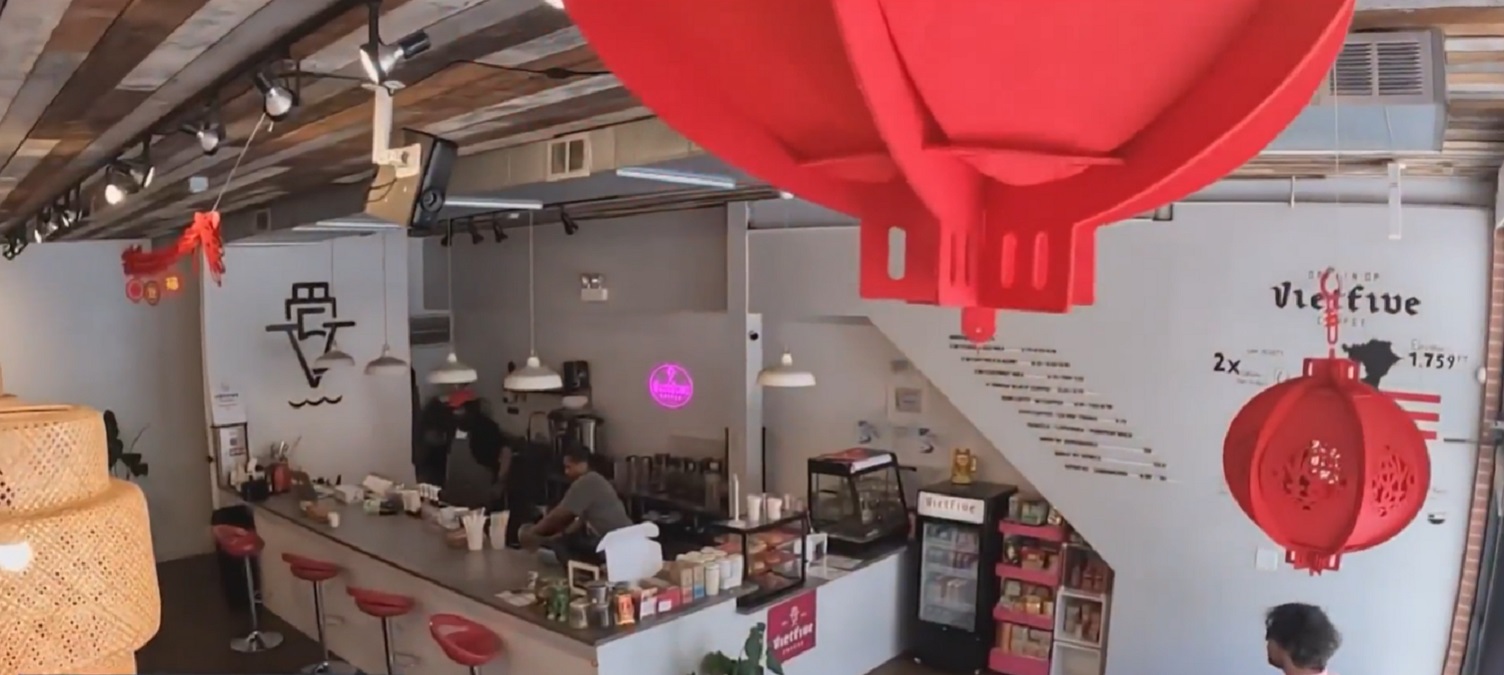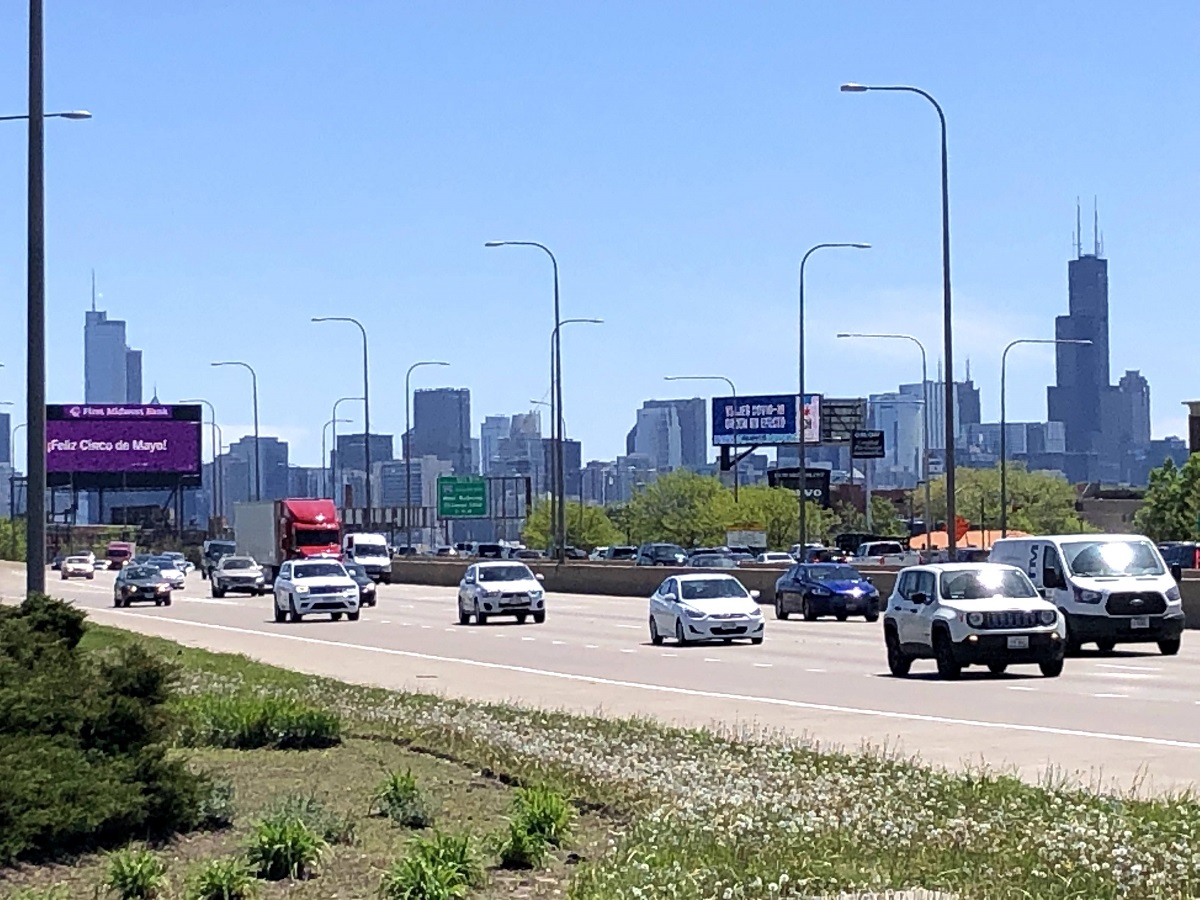As Chicago was inundated with heavy rains on Sunday, the decision was made to reverse the flow of the Chicago River, a rarely-taken step.
According to the Metropolitan Water Reclamation District of Greater Chicago, the river’s locks near Wilmette were opened just before 2:30 p.m. Sunday, and were closed just before 10 p.m.
Additional locks on the river near downtown Chicago were opened at approximately 4 p.m. Sunday, and were not closed until 2:30 a.m. Monday, officials said.
No information was immediately available on how much water was allowed to enter Lake Michigan.
Most Chicago-area residents know that the flow of the river was reversed in the early 1900’s to help alleviate pollution on Lake Michigan.
Opening the locks is a step that is rarely taken by authorities, and is only done at times when water levels on the river are threatening homes and businesses, according to MWRD officials.
In fact, the river’s flow was only reversed once in 2019 and twice in 2020, with zero such reversals in the last two years.
Local
Authorities typically avoid reversing the flow of the river because it ultimately results in untreated wastewater to be expelled into Lake Michigan, easing the burden on the city and suburban sewer systems.
Numerous Chicago beaches were closed because of water quality concerns after the river’s flow was reversed Sunday, but all beaches except for Marian Mahony Park have since reopened.
Feeling out of the loop? We'll catch you up on the Chicago news you need to know. Sign up for the weekly Chicago Catch-Up newsletter here.
Swimming in suburban Evanston is currently prohibited because of elevated E. coli levels in the water, according to officials.
The decision to reverse the flow of the river also prevented damage along the city’s Riverwalk, which had been closed from Lake Street to State Street after the river overflowed its banks on Sunday afternoon.
City officials say cleanup efforts remain underway, with residual debris and standing water the only remnants of the flooding. There was no damage reported, with water-tolerant plants and fixtures designed to tolerate being inundated for short periods of time.



